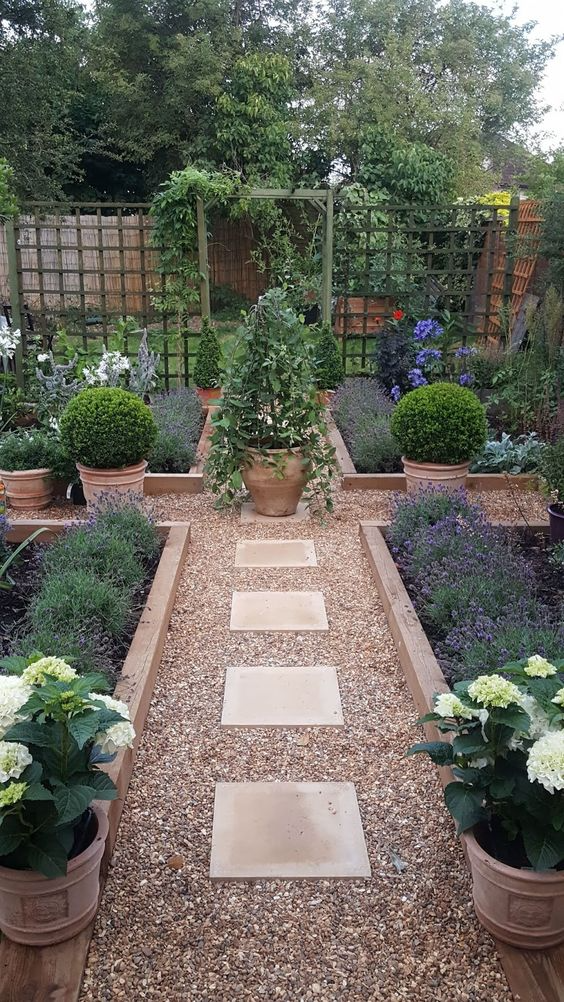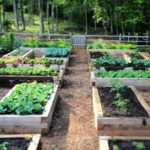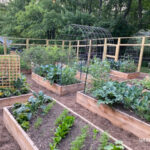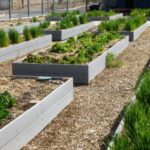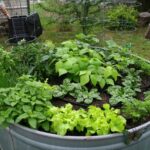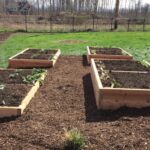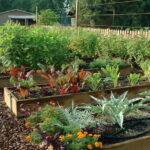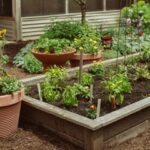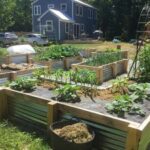Raised bed gardening has gained popularity in recent years, and for good reason. There are numerous benefits to planting in raised beds, making them an ideal option for both beginner and experienced gardeners. In this article, we will explore the advantages of raised bed gardening and provide tips on how to start your own garden.
One of the main benefits of raised bed gardening is improved soil quality. By adding a mixture of topsoil, compost, and other organic matter to a raised bed, you can create a nutrient-rich environment for your plants to thrive in. This can lead to healthier plants and higher yields, as well as reduced weed growth and soil compaction.
Raised beds also offer better drainage than traditional garden beds, which is particularly important in areas with heavy clay soil or frequent rainfall. Because the soil is elevated, excess water can easily drain away, preventing root rot and other water-related issues. Additionally, raised beds warm up faster in the spring, allowing for an earlier planting season and extended growing season.
Another benefit of raised bed gardening is the ease of maintenance. The raised height of the beds makes it easier to access your plants for watering, weeding, and harvesting, reducing strain on your back and knees. Raised beds also create defined boundaries for each planting area, making it easier to rotate crops and prevent overcrowding. Additionally, the soil in raised beds tends to stay loose and friable, making it easier to work with and less prone to compaction.
To start your own raised bed garden, begin by selecting a sunny location with good drainage. Raised beds can be constructed from a variety of materials, including wood, brick, or metal. If using wood, be sure to choose a rot-resistant variety such as cedar or redwood. The dimensions of your raised beds will depend on the space available and the types of plants you wish to grow, but a typical size is 4 feet wide by 8 feet long.
Fill your raised bed with a mixture of topsoil, compost, and other organic matter, making sure to level the soil surface. You can then plant your desired vegetables, flowers, or herbs according to the spacing and planting depth recommended for each crop. Water your plants regularly, especially during dry periods, and be sure to mulch around your plants to conserve moisture and prevent weeds.
In conclusion, raised bed gardening offers numerous benefits, including improved soil quality, better drainage, and easier maintenance. By following the steps outlined in this article, you can start your own raised bed garden and enjoy a bountiful harvest of fresh, homegrown produce. Happy gardening!
